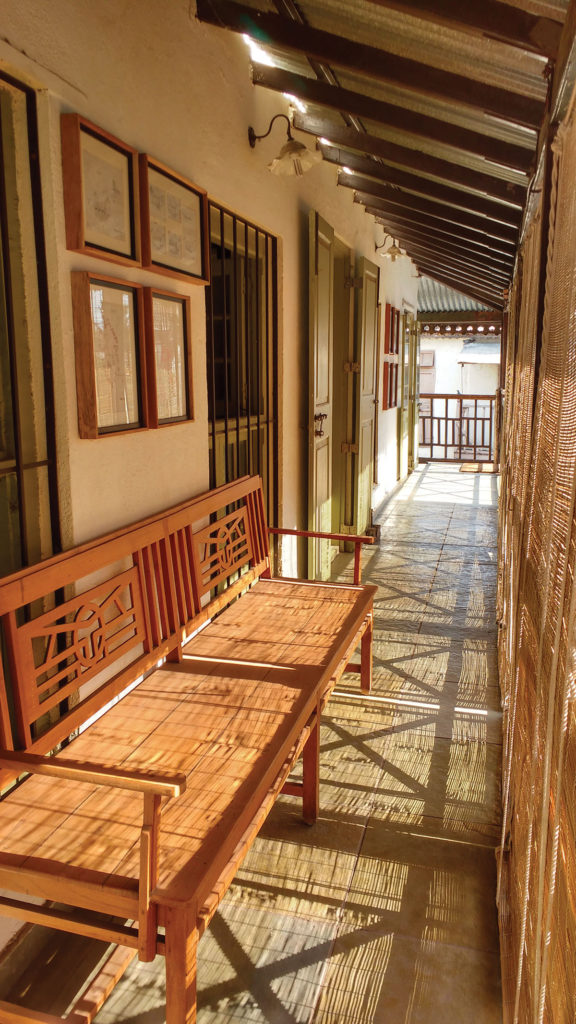Rebuilding Before Building
December 7, 2023


As an extension of her immersive involvement with the Rebuilding Pavilion at the International Union of Architects (UIA) World Congress of Architects, Copenhagen (see report in Happenings section), Bhawna Jaimini spoke to three architects from different parts of the world to present practical examples in an attempt to map a discourse on adaptive reuse to advocate rebuilding efforts in the face of a planet in crisis.
It is 24 degrees Celsius on an autumn day in London, where I am writing this, an unprecedented record for the United Kingdom where heatwave conditions have become exceedingly common in the last few years. Though this temperature might not seem ‘hot’ enough to warrant a heatwave warning if you come from a tropical region like I do, it is definitely a cause for concern in historically cold countries like the United Kingdom where buildings are designed to trap heat.
“Temperatures of 30 to 35 degrees [Celsius] are normal and are sometimes considered even pleasant, but it’s the architecture here that makes it more unbearable because it is just not suited for rising temperatures,” Sheeba Shetty, an architect from India who now works for Transport for London, shared her experience of the heatwave that has swept England in early September. For now, people are buying electric fans—where sales went up to 1,630 per cent1 in July 2022—to cope up with the unexpected heatwaves.

There is a palpable anxiety that can be felt about the uncertain times, which will succeed these heatwaves in the future. The increasing number of disasters compounded by the climate crisis in the rest of the world has made it clear that time is not on our side. From wildfires in Canada and Hawaii to floods in Libya, Greece and Hong Kong, almost no country was left untouched by the wrath of the climate crisis. And as if the climate crisis was not enough to upend the daily rhythms of our lives, there is war and conflict peeling away layer after layer of normalcy in countries like Afghanistan, Sudan, Syria and Ukraine, among others.

RELATED: Transformation of a former factory into affordable quality housing

[This is an excerpt. Subscribe to the digital edition or hardcopy to read the complete article.]

Bhawna Jaimini is a writer and urban practitioner based in Mumbai, India. Trained as an architect, she currently works with Community Design Agency on projects that seek to improve the built habitats of some of the most marginalised communities in India’s urban areas, using participatory tools. She is deeply passionate about gender rights and using architecture and design to address issues of social inequality and inequity in these areas.
Read more stories from FuturArc 4Q 2023: Water!

Don’t miss out on our ongoing competition—submit your entries for FuturArc Prize 2024: Architecture for Life After … now!

1 https://www.theguardian.com/money/2022/jul/16/electric-fans-how-much-do-they-cost-to-run-heatwave-best-models
To read the complete article, get your hardcopy at our online shop/newsstands/major bookstores; subscribe to FuturArc or download the FuturArc App to read the issues.
Previously Published Commentary
Contact us at https://www.futurarc.com/contact-us for older commentaries.
